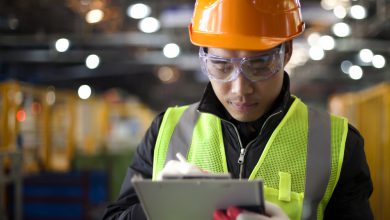Technologies and Innovations in Air Quality Analyzers – The Future of Environmental Monitoring
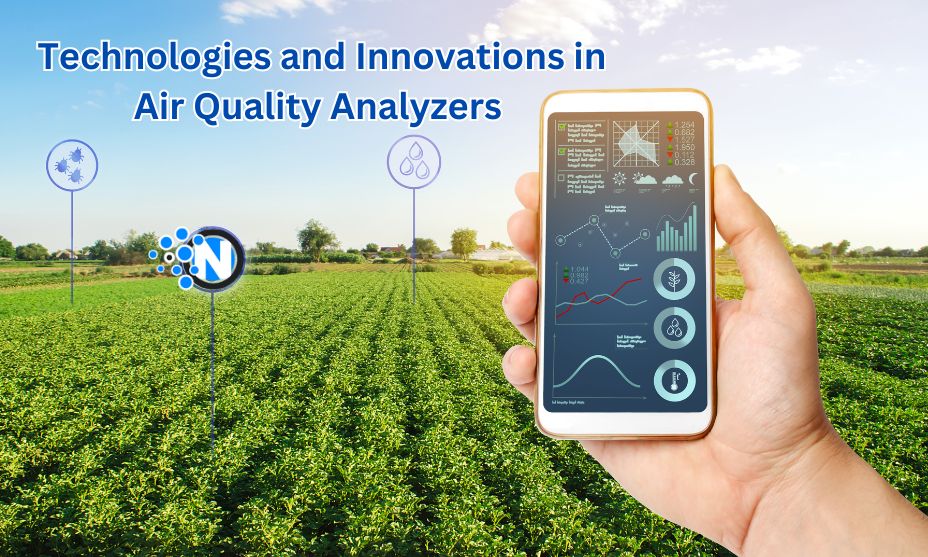
One of the most serious problems that has puzzled humanity is air pollution. This concern arises from the growth of industrialization, which has increased the number of cars and other machinery tools. These pollute atmospheric air, negatively impacting human health and ecosystems in general. Thus, it becomes critical to have effective and accurate means of monitoring quality.
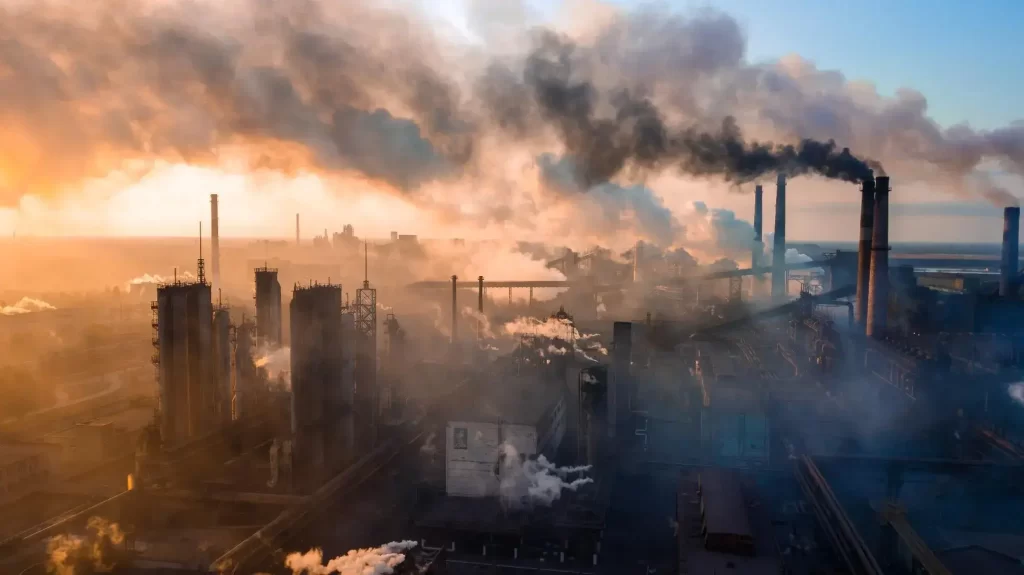
Technological innovations account for major determinants in the proper analysis of air conditions, since they yield more precise results and provide detailed analytics. Nonetheless, these technological advancements aid us in gauging and identifying contaminants within the sky and in noticing patterns that indicate early contamination stages, thus preventing its future development.
The significance of this device for improving control cannot be exaggerated. It helps us understand what is happening with our environment at present and, therefore, develop strategies to preserve it or improve it. In this regard, researching new air analysis technologies is a good step towards ensuring a clean environment that will last for many years ahead.
The Evolution of Air Quality Analyzers
To understand the device development process in control, we must consider the history that spans back to when devices for analyzing air composition were less exact than crude. The evolution of these technologies has undergone several significant steps since their inception, with chemical methods in the 19th century to detect various pollutants in the air.
Before, the color changes of chemical reactions were used to determine air composition before mechanical filters and sensors were invented that could calculate contamination concentration more precisely.
One of the key breakthroughs in the air quality analyzer was the use of electronics and sensors, which significantly increased the accuracy and speed of measurements. During the late 20th and early 21st centuries, nanotechnology made remarkable developments, resulting in air sensors with improved sensitivity, smaller size, and efficiency.
Newer air measurement systems have gone wireless with AI capabilities, a considerable improvement from previous ones. Thus, apart from their increased accuracy, these modern instruments are also more adaptable to specific needs. Such technological advances have transformed this field of atmosphere control, giving us a better understanding of the surrounding environment.

Cutting-Edge Technologies in Air Quality Analyzers:
Some of the cutting-edge tech technologies regarding air quality analyzers are given below in detail.
Advanced Sensor Technologies
Contemporary atmosphere analysis relies on most modern sensor technologies, such as laser sensors, optical sensors, and chemical sensors. Milerd laser sensors function based on laser spectroscopy, which helps ascertain the accurate concentrations of certain atmospheric pollutants. An optical sensor is a tool for constant control dependent on changes in light coming through the air.
The presence and concentration of chemicals can be determined by chemical sensors that react to some substances in the atmosphere. This ultimately provides better and more reliable air composition data, thereby contributing towards effective pollution control strategies.
IoT Integration
The Internet of Things (IoT) has brought a paradigm shift to real-time continuous and accurate recording of air information. With networks of connected devices installed across different parts of a city or a region, it is possible to obtain up-to-date information about its state at every particular moment. This not only allows us to accurately predict the pollution dynamics but also enables us to take measures directed at prevention and mitigation efforts for human health and the environment.
AI and Machine Learning
Large volumes of data on air quality have been analyzed using artificial intelligence and machine learning techniques. Machine learning algorithms can identify hidden patterns or relationships among different pollutants found in atmospheric gasses.
As such, it becomes easier for individuals to predict levels of air contamination more accurately, thus facilitating effective measures meant for its reduction purposes. Moreover, artificial intelligence (AI) aids in the automation of this concept, thereby hastening decision-making processes and enhancing effectiveness within an organization’s monitoring system for good monitoring efficiency.
Innovations Shaping the Future of Environmental Monitoring
These are some of the innovations shaping the future of environmental monitoring in various ways are given below in detail.
Portable and Wearable Devices
Innovative portable and wearable monitoring devices are gaining popularity due to their portability and ease of use. They enable one to monitor the environment on a real-time basis and take corrective actions that safeguard an individual’s health.
For instance, they can detect the level of various pollutants like PM2.5, NO2, and CO2, among others, that affect human health and well-being. Thus, this is useful in everyday life and professional areas such as industry and healthcare.
Smart Cities and Air Quality
Smart cities have started using modern analyzers for air pollution control to improve the environmental conditions and lives of people residing there. A smart city’s infrastructure incorporates different sensors that allow for continuous tracking of atmospheric conditions. Collected information helps minimize air contamination, manage traffic, and develop more beneficial urban system control strategies.
Remote Sensing and Satellites
The application of remote sensing technologies using satellites has a huge influence on global control over atmospheric pollution and changes in the environment. Satellite data allows one to simultaneously track the state of the atmosphere over large territories. It is vital for discovering long-term tendencies concerning atmosphere contamination or detecting emergency situations like forest fires as well as industrial emissions. The technologies mentioned above play significant roles by enhancing worldwide environmental observance, which is more accurate and broadened.
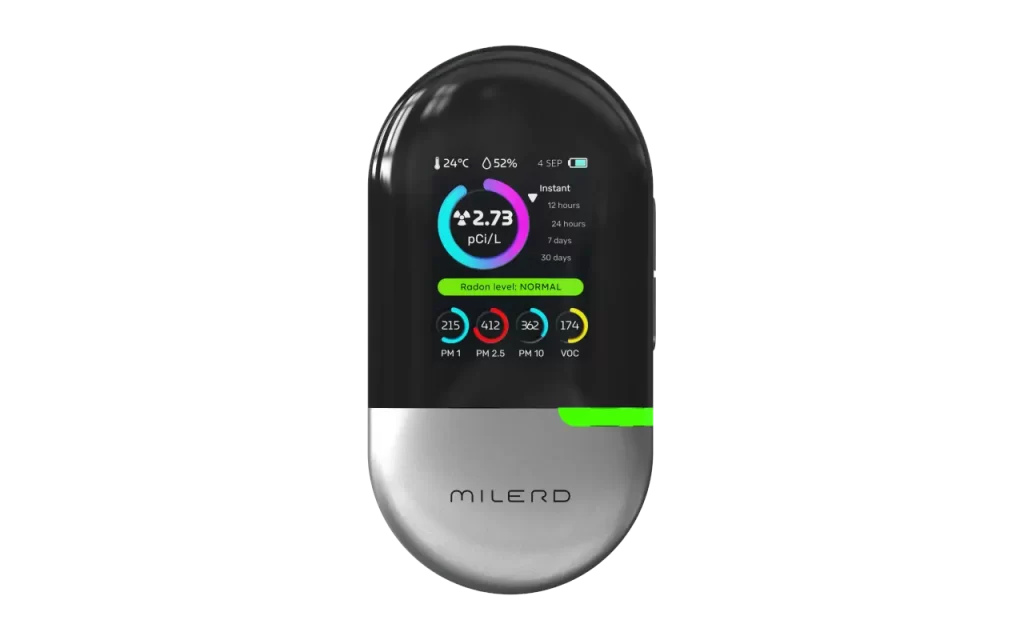
Real-World Applications and Case Studies
In big cities, air pollution is a critical issue, and new types of air analyzers are involved in monitoring and improving air properties. For instance, atmosphere stations around the city have advanced sensors and network connectivity that continuously monitor contamination levels.
The collected data serves as a basis for city authorities and public organizations to take steps toward reducing emissions and enhancing the quality of air. Also, wearable devices that monitor the state of the atmosphere in real-time, thus enabling citizens to be on the safer side regarding their health, can be identified apart from this example.
Industrial and Commercial Use
New atmosphere analysis technologies are being used in industrial and commercial sectors to control emissions and ensure a safe work environment. In this case, many businesses have acquired modern emission analyzers that measure the level of hazardous substances in the atmosphere and give off an automatic signal when they exceed permissible levels. It helps companies respond quickly to potential environmental or employee health hazards, as well as reduces the chances of environmental accidents and regulatory fines.
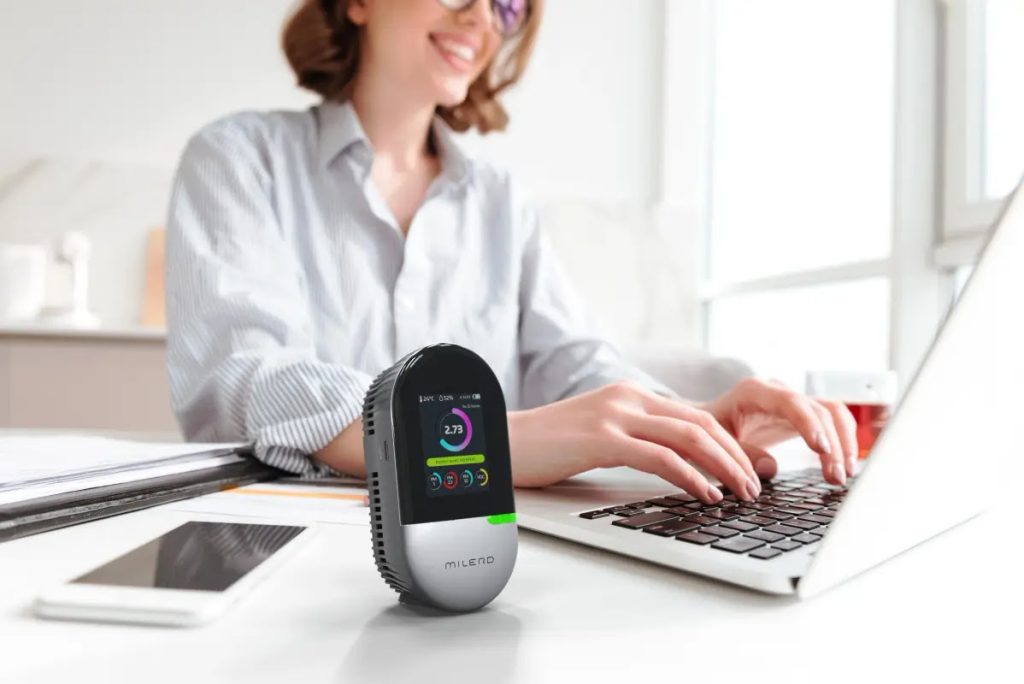
The Future
The significance of innovation in analyzing atmosphere quality for environmental sustainability and public health promotion can’t be exaggerated. The most recent device for analyzing the atmosphere not only provides more precise and dependable records regarding the state of the atmosphere but also serves as a core strategy for addressing contamination and enhancing air quality.
Investing in Advanced Air Quality Technologies
It is becoming more and more obvious that there is an increasing demand for the adoption of new technologies in order to make a sustainable and clean future possible. This will only be possible through continuous development and innovation to ensure that our planet will still be here for future generations.
Let us encourage and apply groundbreaking remedies for monitoring air property to safeguard our environment. Any effort made towards this improves human health and creates a better world with less contamination, hence contributing to a healthier earth that can easily be sustained by its inhabitants. Let’s take action now so that we don’t have a filthy tomorrow.

